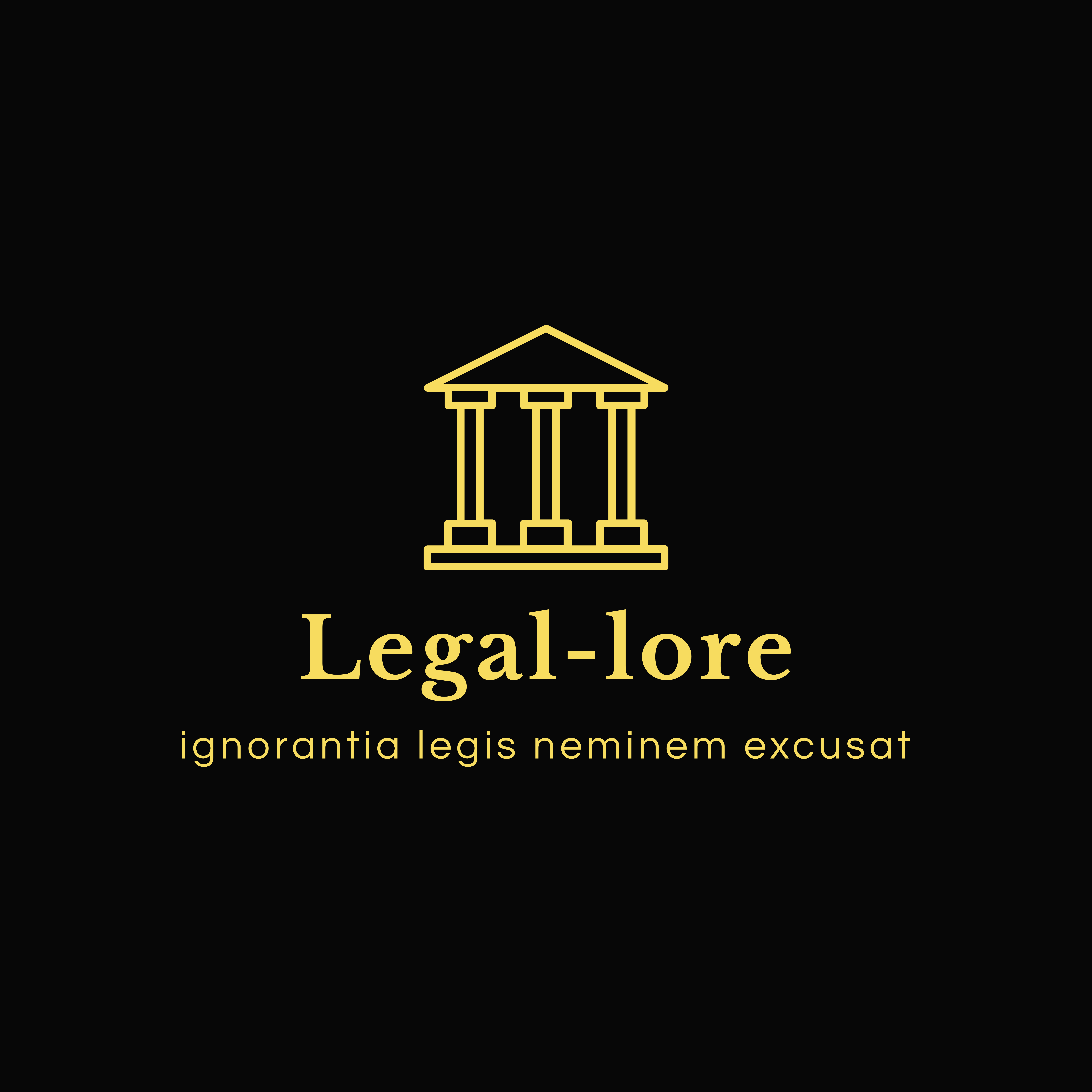PIGEON HOLE THEORY
- Legal-lore

- Sep 1, 2022
- 3 min read
This article titled “Pigeon Hole Theory is an attempt to analyze one of the foundational theories in torts which was proposed by Salmond. It is one of the very profound theories which deals with the fundamental principles of the Law of Torts.
This theory is Salmond’s theory of the Law of Torts. The Pigeon Hole Theory received criticism, especially from a jurist named Winfield.
SALMOND’S PIGEON HOLE THEORY OR HIS VIEW OF THE LAW OF TORTS
The following points are the key characteristics of the Pigeon Hole theory by Salmond:
⮚ According to Salmond if one person commits any wrong and that wrong can be placed in a pigeon hole or he opined that there is no general principle and if the plaintiff can by any means put that wrong in the pigeon-hole which has all the labeled torts, then the plaintiff could succeed. Therefore, that is why this theory is known as the Pigeon Hole Theory.
⮚ According to him, whenever a legal right is violated, the examination has to be under tort.
⮚ Torts, according to Salmond, mean a few categories of Torts that have already evolved.
⮚ In Salmond’s understanding, the burden of proof is upon the plaintiff to prove which specific tort has been committed.
⮚ If the plaintiff is not able to prove the specific tort that has been committed, the court cannot provide any remedy to the victim.
⮚ According to Salmond, the Law of Torts cannot be evolved as and when required.
⮚ He calls it the “Law of Torts”, i.e., a law consisting of certain Torts only.
This theory received support as well as criticism. A jurist named Winfield provided the most fundamental theories that contradicted his viewpoint of Salmond. His criticism revolutionized the understanding of the Law of Torts.
WINFIELD’S VIEWPOINT OF THE PIGEON-HOLE THEORY
⮚ He criticizes Salmond’s theory of Pigeon Hole.
⮚ He calls it fallacious because the essence of the Law of Torts is its inherent dynamism, i.e., the Law of Torts is ever evolving and constantly developing in nature.
⮚ The Law of Tort has to be evolved as and when required.
⮚ Winfield calls it the “Law of Tort” as any number of torts may be created.
⮚ The legal maxim- ‘Ubi Jus Ibi Remedium’, states that where there is a right, there is a remedy, which is applicable to the Law of Torts.
⮚ The entire jurisprudence of the Law of Torts has evolved over the period of time.
⮚ The revolutionary case, MC Mehta v Union of India (1980, SC), is a classic example of explaining the dynamism of the Law of Tort. The court rejected the tort of strict liability, rather evolved a new Tort, and called it the Law of Tort of absolute liability.
⮚ History has witnessed a number of Torts evolving as per the requirements, for example, the concept of the precautionary principle, polluter pays principle, etc.
⮚ Case – Jay Laxmi Salt Works Pvt. Ltd. V The State of Gujarat (1994, SC) stated- the Law of Tort, being a developing law, its frontiers are incapable of being barricaded.
CONCLUSION OF BOTH THE THEORIES
⮚ Harmony was brought between the two theories.
⮚ The plaintiff has to prove the nature of the legal right violated and any specific tort, if any.
If no specific tort then the court shall evolve a new tort to give justice.
This article is written by Nandini Sharma of IILM University, Gurugram.
Comments